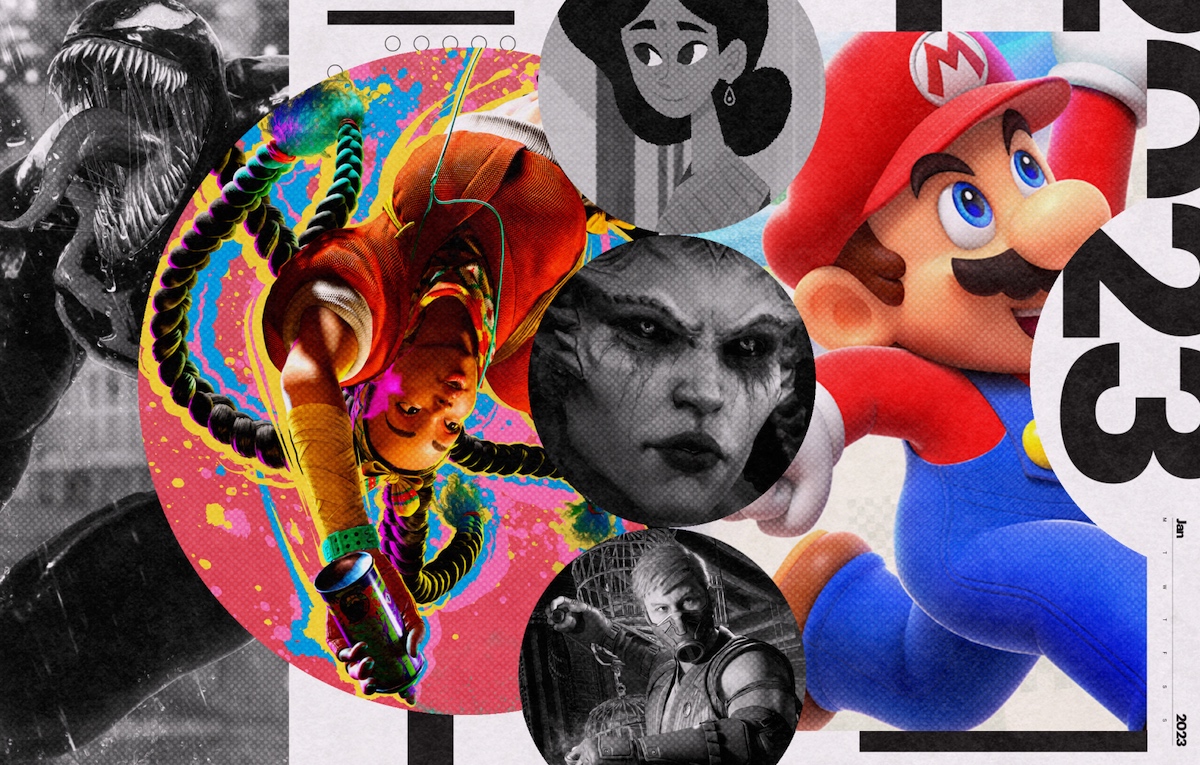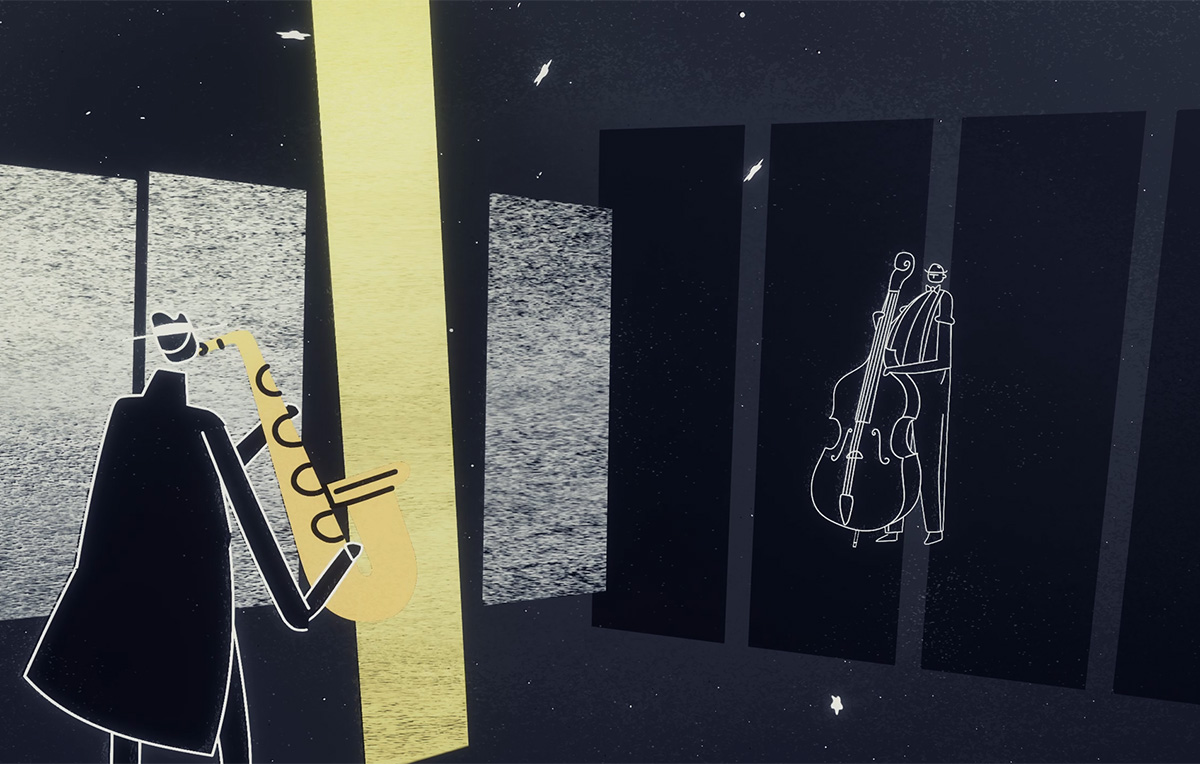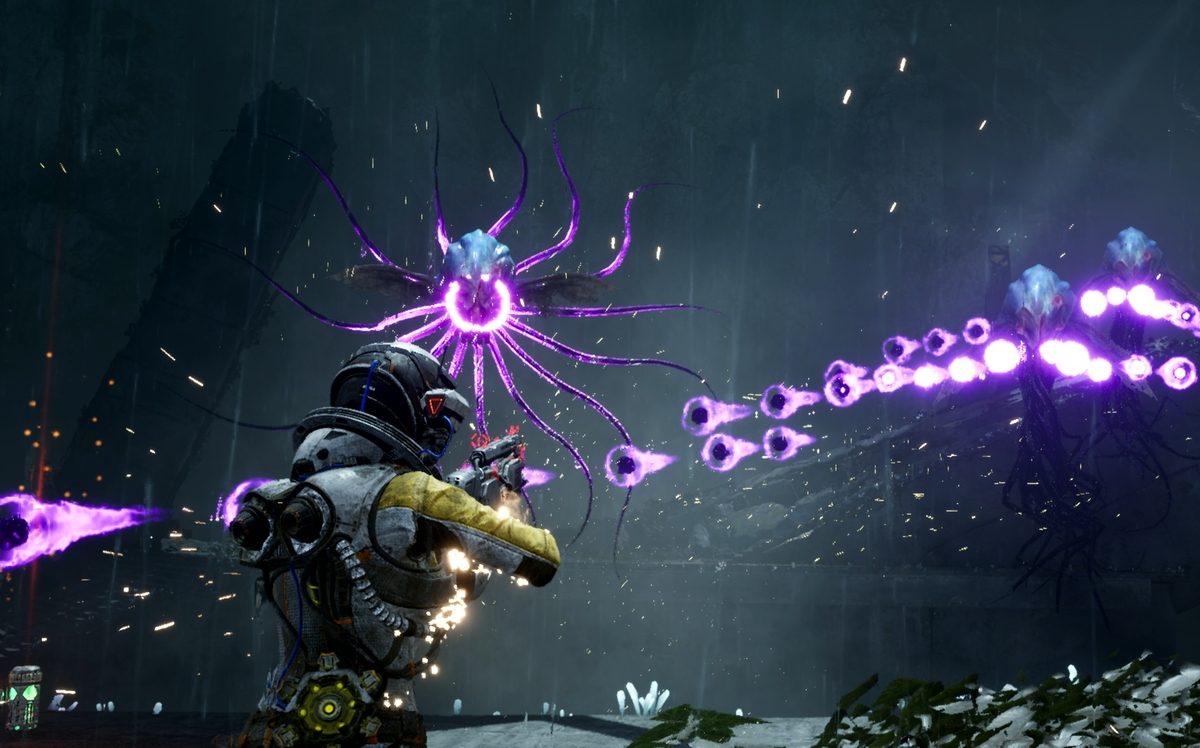La funzionalità più vicina al tanto desiderato tasto “Non mi piace” è arrivata in 6 diverse varianti umorali. Dal 24 febbraio potremo infatti esprimere anche stupore, rabbia, entusiasmo, risate, pollicioni e ammore. È finita l’era del “Mi piace strategico”, se volete invitare a uscire qualcuno dovrete per forza di cose essere più espliciti, parola di Mark Zuckerberg. Le diverse sfumature di “Mi piace”, in realtà, servono anche per esprimere solidarietà e supporto per un evento triste.
Ma come si fa? Nella versione su desktop è sufficiente passare il puntatore del mouse sul tasto “Mi piace”, prima di cliccare dovreste veder comparire un menù a tendina orizzontale con i sei diversi status. Su smartphone e tablet sarà invece necessario tenerlo premuto.












